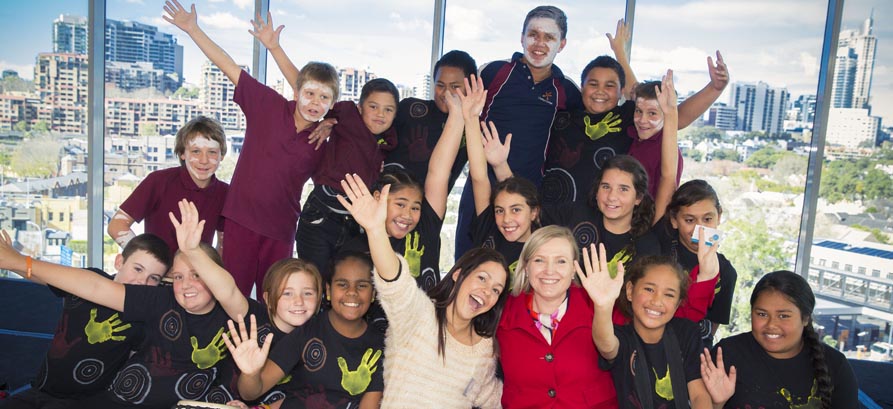There are many reasons to bring music into the classroom. Music builds listening and analysis skills, engages students’ imaginations and changes the mood of the classroom. Music can create a springboard for learning and it is a wonderful way to strengthen relationships with students by sharing your connection with music.
- Make sure you have a laptop, tablet, stereo or other device that plays music, and a set of speakers.
- Bring in a favourite piece of music you would like play for the class and discuss why you like the piece.
- Set the scene – make sure the students are comfortable and ready to listen.
- Direct their listening – what instruments are playing, when do they come in and out?
- Play ‘air instruments’ along to the piece – students will get a kinaesthetic sense of the piece – it will seem silly at first but do it with real conviction and they will get into it!
- Get students to conduct along to the piece – moving their arms in time, and responding to changes in speed (tempo) and volume (dynamics)
- If it is a song, who do they think is singing it? Why are they singing it? Analyse the lyrics – rhythm, repetition, rhyme, analogy, metaphor… a very strong tie-in with literacy!
- Ask students why they like a piece? Do they have memories associated with it? What era is it from? Does it remind them of other music they have heard? What is the social context of the piece?
- Discussion can develop in many directions, including curriculum themes, creative writing, researching composers and performers, historical eras, students’ cultural backgrounds, celebrations etc.
I love music because it builds connections between people, changes how we feel and what we think about, and provides perspective and optimism – what a gift to share with your students! For more tips on bringing music into the classroom, visit www.songroom.org.au

